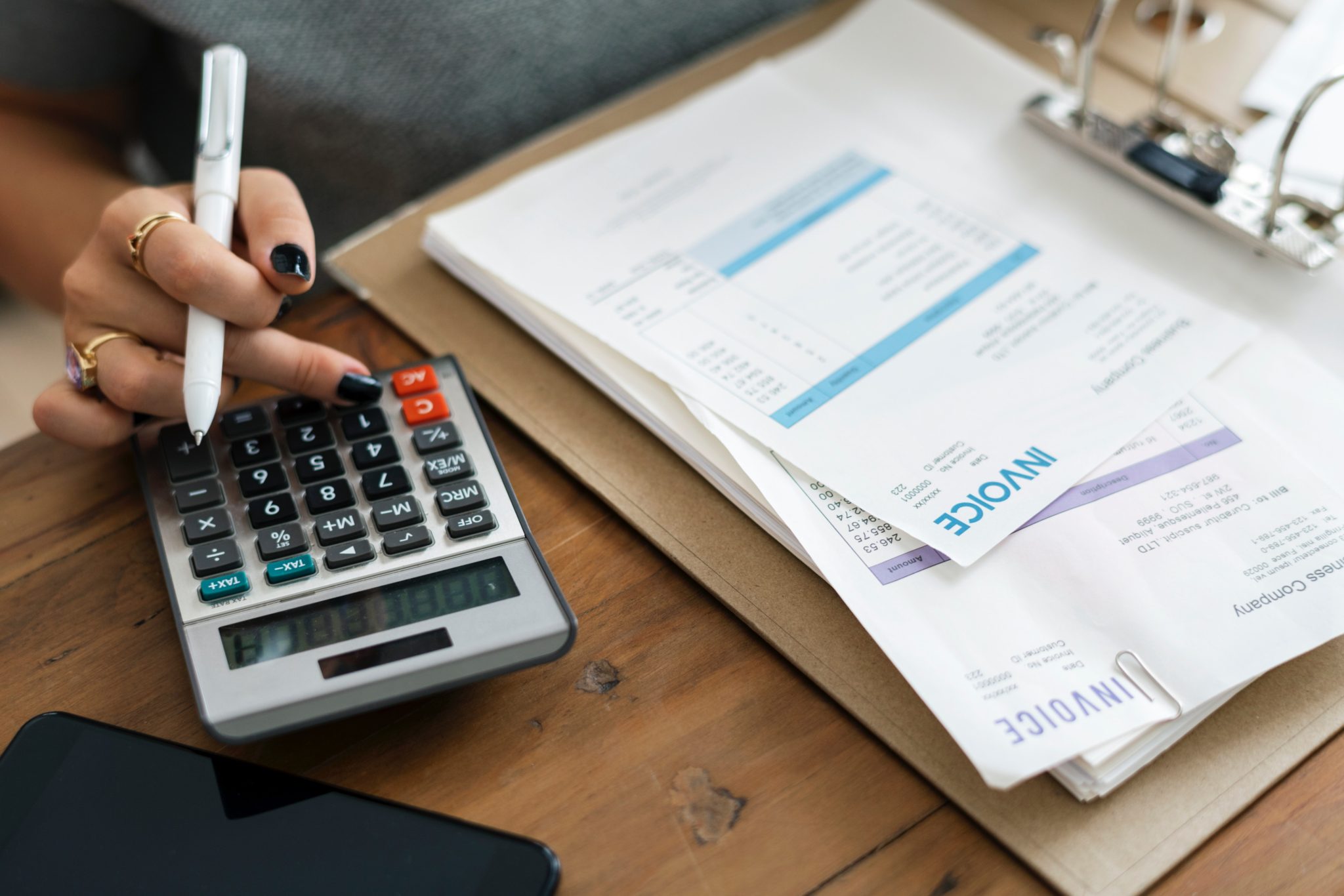If you’re setting out in business, one of the most exciting things you’ll do is send your first sales invoice. But what should you include? Not just to be compliant but to ensure swift and accurate payment from your client.
Compliant Sales Invoices
HMRC require you to include certain information on your sales invoices. Use the following as a checklist when creating your Sales Invoice;
- a unique identification number (This is your ‘invoice number’ and it should be sequential. So if your first invoice is 0001, then your second should be 0002 – and so on)
- your company name, address and contact information
- the company name and address of the customer you’re invoicing
- a clear description of what you’re charging for
- the date the goods or services were provided (This is called the ‘supply date’)
- the date of the invoice
- the amount(s) being charged
- VAT amount – if applicable (To find out more about what you should include on VAT invoices check this out)
- the total amount owed
Sole Trader Sales Invoices
If you’re a sole trader, there are a couple of extra steps to take. Include the following;
- your name and any business name being used
- an address where any legal documents can be delivered to you if you are using a business name
Limited Company Invoices
There are some extras to think about when it comes to Sales Invoices if you’re running a Limited Company too.
- you must include the full company name as it appears on the certificate of incorporation
- if you decide to put the names of your directors on your invoices, you must include the names of ALL directors.
What else should you include on your sales invoices
So, you’ve got the compliance stuff down. But what else should you really be including on your Sales Invoices? We have masses of experience with companies issuing Sales Invoices, and of course, we issue them ourselves. Here’s our take on what you need to round out the perfect Sales Invoice;
- Make sure it’s ‘on-brand’. Include your logo and make sure that from a design perspective it’s clear, easy to read and ‘fits’ with your brand.
- Include a Due Date and payment terms. If you don’t, you can’t refer back to the invoice when chasing payment. If you think you’re going to have issues with payment, you can include a sentence detailing a penalty for late payment. Often this can be a percentage of the invoice total, payable if the invoice isn’t paid after a certain number of days.
- How to pay. This seems obvious, but you’d be surprised at how many Sales Invoices we’ve seen in our time that have no instructions on how to pay! It’s the 21st Century, so we recommend popping in your Company Name, Account Number and Sort Code to encourage online banking payments. If you have international customers include your Swift and BIC numbers. Usually it’s best to discourage payment by cheque. It’s likely that 90% of your clients will pay using their online banking facilities, so accepting cheque means that you’re gonna have a lot of overhead to get that one off cheque into your bank. The cost of travel and the time it takes to get to your bank, plus the time paying in. We have a couple of clients who expressly refuse payment by cheque and say so on their Sales Invoices.
Sales Invoices and Cloud Accounting Software
If you’re using cloud accounting software it’s ten times easier to generate compliant sales invoices.
A lot of the information you need on there to be compliant will be auto-populated from other areas of the software (i.e. your company name, invoice number, VAT number etc.).
You can also create and amend templates to ensure you get the right look and feel for your business.
We highly recommend Xero. You can find out more about their Sales Invoice functionality here.
If you need help with your Sales Invoices or with setting up Xero, feel free to get in touch!


